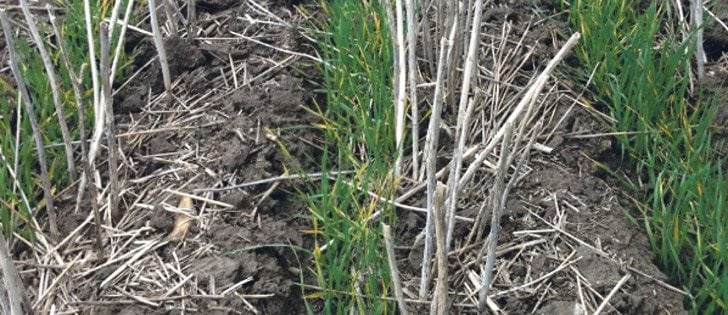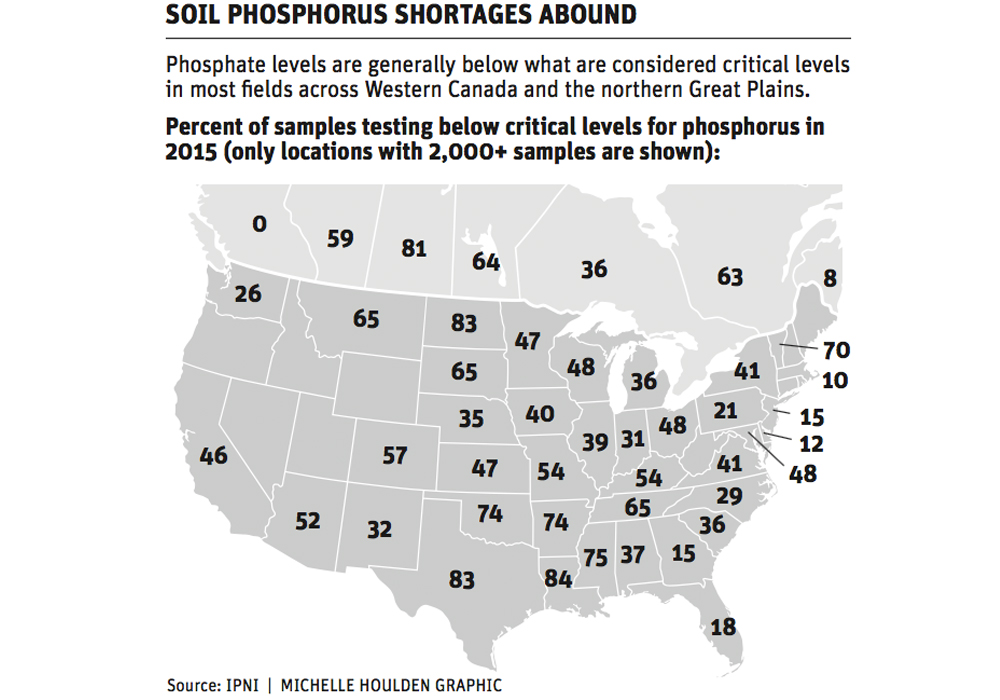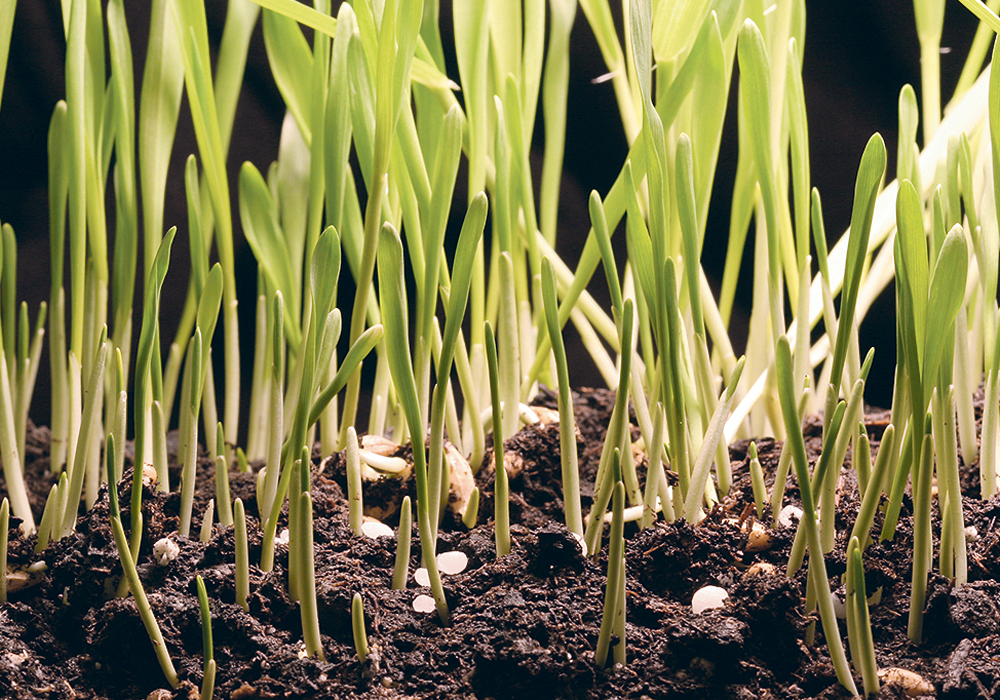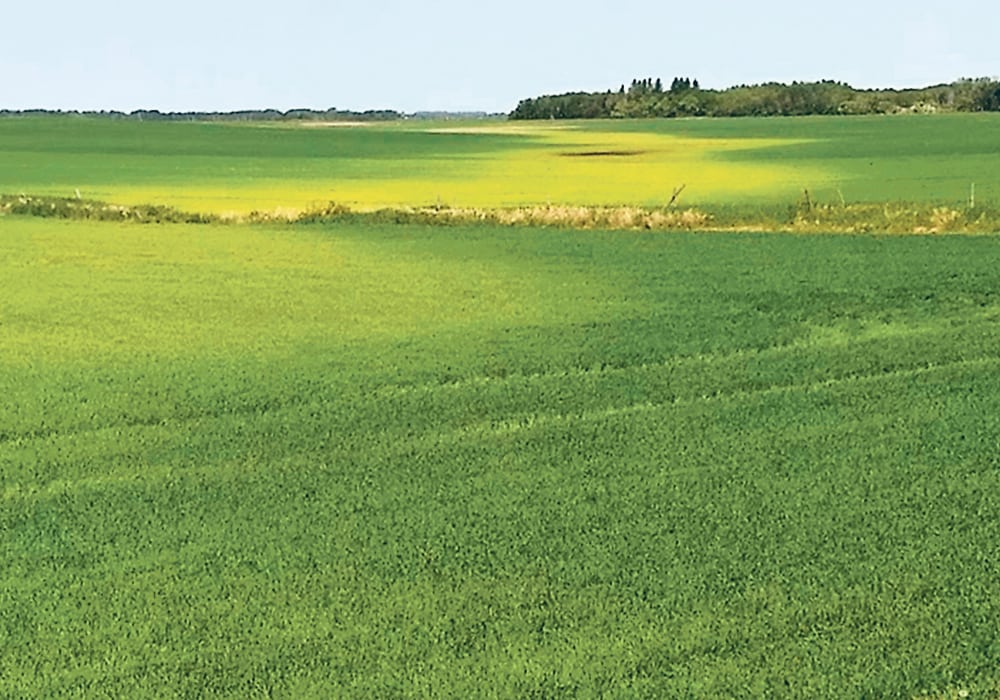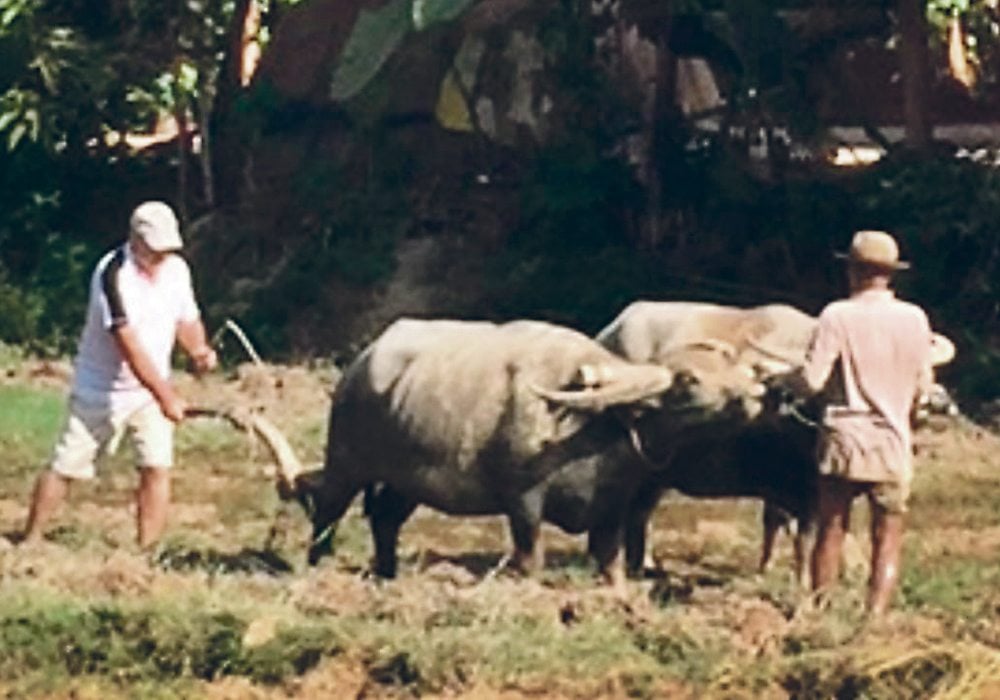I am sometimes asked to look at cereal crops in the spring that have been seeded on fields treated with burn-off herbicides containing residual products such as florasulam and metsulfuron.
These products are often added to a glyphosate product to improve control of dandelions, narrow-leafed hawk’s beard and wild buckwheat and provide up to three weeks residual control of annuals such as volunteer canola.
Both products are very effective in controlling labelled weeds, and the residual control option is attractive to growers who have a cereal-canola rotation. This, of course, is the upside to these products.
Read Also

Growing garlic by the thousands in Manitoba
Grower holds a planting party day every fall as a crowd gathers to help put 28,000 plants, and sometimes more, into theground
The downside is that, under certain conditions, these products appear to leach into the rooting zone of young cereals and injure the crops. The damage is usually typified as a yellowing or reddening of the first leaf. Sometimes this leaf will be affected by saprophytic organisms and show disease spots.
The yellowing may spread to the second leaf, and the plants may be stunted.
The entire plant may be pale green, but on closer observation you will see that this is caused by interveinal chlorosis. This is when the area between the veins of a cereal crop turn pale green or yellow.
The crops usually grow out of this damage, but occasionally, under adverse conditions, which may include excess moisture and cold conditions, the damage may continue and reduce yields.
There are a number of situations that seem to set up the damaging scenarios, including dry soil at seeding followed by a significant rain.
Soil pH may also play into this, as well as soil temperatures and seeding depth. I don’t know all the conditions that might affect the damage, but it could be a problem in some situations.
I would not advocate walking away from either of these products if they are working well in your rotation. What I would do is set up the groundwork so you can observe if you do have an issue.
To do this, you need to put a check into your fields. I don’t know how many times I have spent walking around power poles or potholes or sloughs looking for that one evasive sprayer miss that confirms there is damage.
The problem is that modern sprayer technology has allowed farmers to eliminate serendipitous checks.
I recommend the following:
- Figure out how many fields you wish to treat with these products and plan to put a check into one-quarter to one-third of them.
- Use tribenuron- glyphosate as the check. This product combination will give you similar control of most weeds, as will florasulam or metsulfuron (plus glyphosate) but without the residual effects that these products offer.
- Make a sprayer pass across the selected check fields. Try and select a representative area to make the pass. A half mile pass with a sprayer will cover five to seven acres depending on the sprayer width. Fill the sprayer with enough chemical to spray the selected checks. If you cover six acres a pass and have seven fields, mix up enough chemical for 42 acres.
- Mark the checks with a stake or flag.
- Treat the remainder of the fields with selected residual product.
If you suspect an injury, go to the check and see if there is a difference in injury.
Other suggestions to lessen the risk of injury include observing the precautions on the labels regarding intervals between seeding and spraying. Waiting until after you seed to spray and delaying this application until just before emergence may result in a greater risk for damage.
Seeding slightly deeper than ususal may also reduce damage risks. I have observed fields where damage occurred in one drill row where the rows on either side did not have damage. Upon closer observation, I found the row exhibiting damage was seeded perhaps a quarter inch shallower.
And finally, use the products in the fall. This will allow them to dissipate in the soil before seeding.
Thom Weir is an agronomist with Farmer’s Edge. He can be reached by emailing thom.weir@farmersedge.ca.




